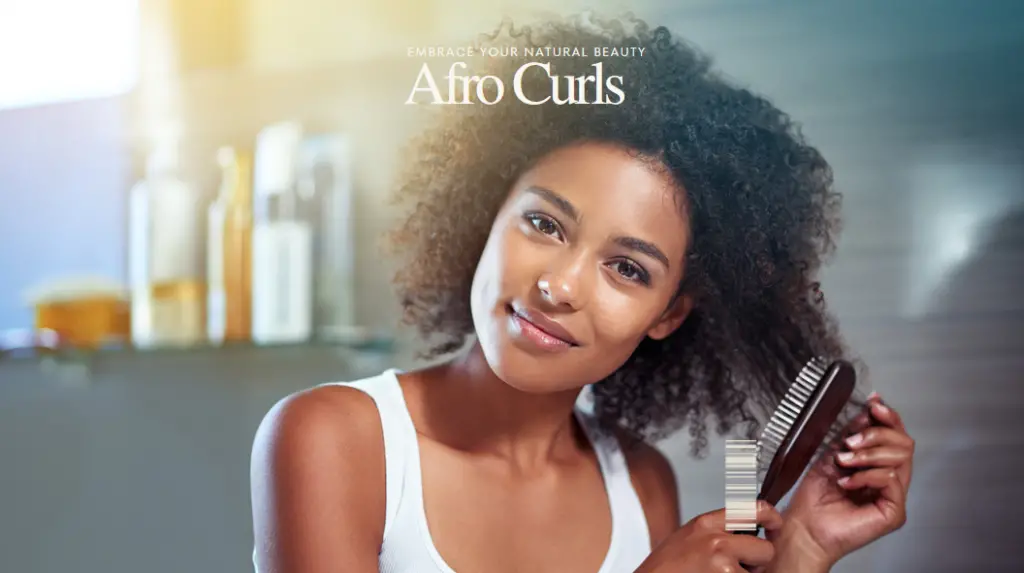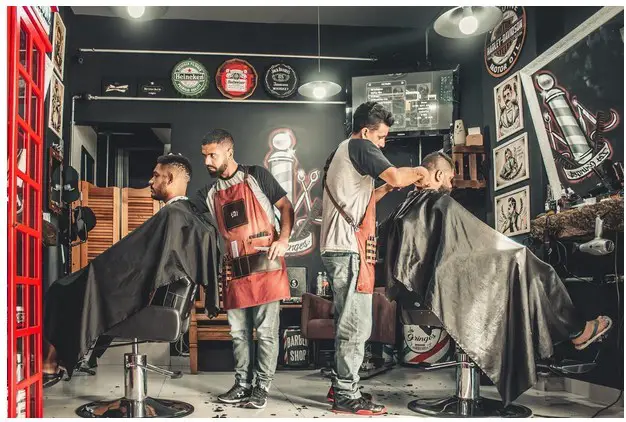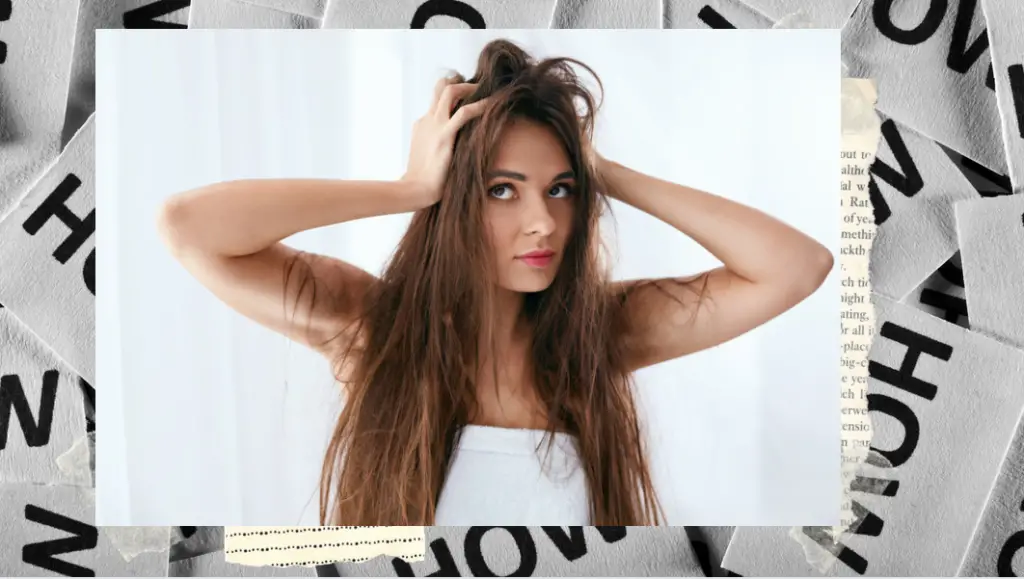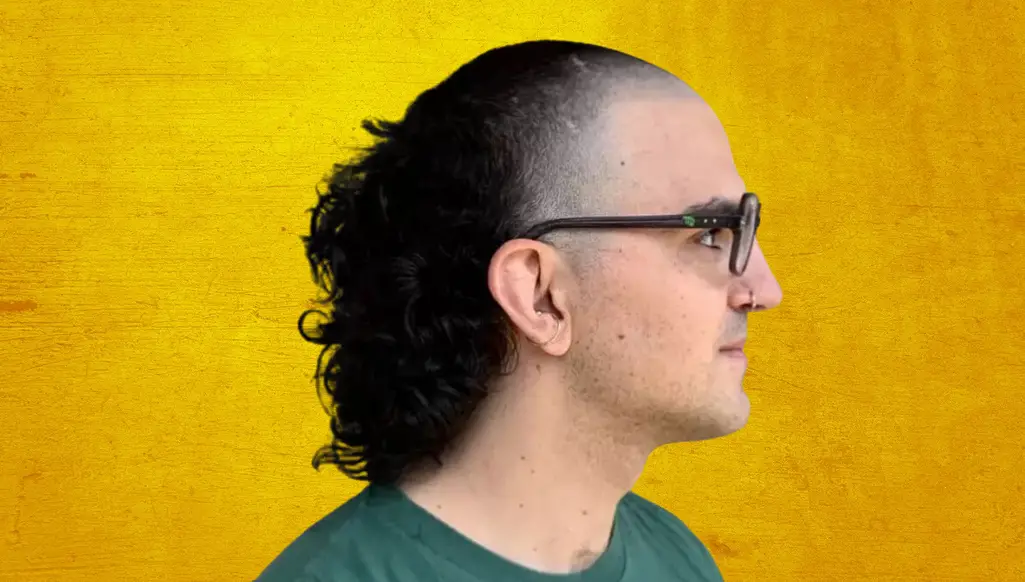Discover the beauty of Afro curls, from its rich history to daily care routines. Learn how to embrace your natural hair and make your curls pop.
In the realm of natural beauty, Afro curls stand as a testament to the rich tapestry of human diversity. These unique, coiled tresses are not just a hairstyle but a symbol of cultural heritage and self-expression. With a wide range of textures and forms, from 3A to 4C, Afro curls offer a versatile canvas for both men and women to showcase their individuality.
Embracing natural hair has become more than a trend; it’s a movement. For years, societal norms have pressured individuals to conform to Eurocentric beauty standards, often leading to the use of harsh chemical straighteners and treatments. However, the tide is turning. More people are recognizing the importance of embracing natural hair, not just as a fashion statement but as an act of self-love and empowerment.
So, what can you expect from this comprehensive guide? From the history of Afro curls to daily hair care routines, this article aims to be your go-to resource for all things related to Afro curls. Struggling with dryness and moisture retention? We’ve got you covered with expert tips and recommended products. Curious about the cultural significance of Afro curls? Dive deeper into our sections that explore its impact on fashion and media. Click through to discover how to make your curls pop, break beauty standards, and truly embrace your natural beauty.
Ready to embark on a journey to healthier, more vibrant Afro curls? Read on to unlock the secrets to embracing and caring for your natural hair.
Understanding Afro Curls
In the world of natural hair, Afro curls are a unique phenomenon that captivates attention and exudes individuality. These curls are characterized by their tight, coiled structure, often forming intricate patterns that are as diverse as the people who wear them. The hair texture can range from soft and spongy to coarse and wiry, offering a versatile canvas for various styling options. Understanding the structure of Afro curls is essential for proper care and maintenance, as each curl type has its specific needs.
History and Origins
The history of Afro curls is deeply rooted in cultural heritage and social movements. Originating from African communities, the Afro hairstyle became a symbol of freedom and identity, especially during the Civil Rights Movement in the United States. The Afro was not just a style; it was a statement. It served as a form of resistance against societal norms that often marginalized people of color. The role of the Afro in the Civil Rights Movement cannot be understated; it was a visual representation of the fight for equality and justice.
Common Misconceptions
When it comes to Afro curls, there are several common challenges and misconceptions that often circulate. One widespread myth is that Afro-textured hair is difficult to manage or inherently “unhealthy.” This misconception can lead to unnecessary treatments and even hair damage. Another common challenge is the mislabeling of Afro curls as “unprofessional,” a stereotype that has been debunked numerous times but still persists in some circles.
Struggling with these misconceptions? Learn how to debunk these myths and embrace your natural beauty with our comprehensive guide on African American hair growth.
FAQ on Afro Curls
One of the most intriguing aspects of Afro curls is the variety of curl patterns and textures it encompasses. This diversity often leads to a myriad of questions, some of which are frequently asked but not always clearly answered. This section aims to demystify some of the most common queries about Afro curls.
What are the curls on an afro called?
The curls in an Afro hairstyle are commonly referred to as Afro-textured curls or coils. These curls can vary in tightness and size, often categorized into different types ranging from 3A to 4C. The categorization helps individuals understand their hair texture and how to best care for it.
What does 4c curls mean?
The term 4C curls refers to a specific type of Afro-textured hair that is tightly coiled and can appear to have a zigzag pattern. This hair type is known for its high density and low porosity, which means it can be prone to dryness and requires specific care routines for moisture retention.
How do you get afro curls?
Achieving Afro curls involves a combination of natural hair texture and specific styling techniques. For those who have naturally curly or coiled hair, maintaining moisture and using the right products can enhance the curl pattern. For others, techniques like twist-outs, braid-outs, or using curling tools can help achieve the desired look.
Looking to enhance your Afro curls? Discover the best techniques and products for Afro curls to make your curls pop.
Caring for Afro Curls
Daily Hair Care Routine
The secret to defined and voluminous curls lies in a well-crafted daily hair care routine. Afro-textured hair is often prone to dryness, making moisture retention a critical aspect of care. To achieve defined curls, it’s essential to use hydrating shampoos and conditioners, followed by a leave-in conditioner to lock in moisture. Deep conditioning treatments can also be beneficial for added hydration.
Recommended Products and Techniques
When it comes to Afro curls, breakage and damage prevention are paramount. The use of heat styling tools should be minimized, and when necessary, always use a heat protectant. Opt for silk or satin pillowcases to reduce friction during sleep. For those seeking product recommendations, consider using sulfate-free shampoos, conditioners with natural oils, and protein treatments for added strength.
Struggling with hair breakage? Explore our best hair dryers for black hair to find a solution that minimizes damage.
Styling Options
Afro curls offer a plethora of styling options, from protective hairstyles like braids and twists to more elaborate styles like updos and Mohawks. For those looking to maintain their curls overnight, techniques such as ‘pineappling’ or using a silk scarf can help preserve the curl pattern.
Looking for overnight curl maintenance? Discover how to keep your high top curls fade overnight with our expert tips.
Common Hair Concerns and Solutions
The world of Afro-textured hair is diverse, leading to questions like is kinky hair curly? or can 3b hair be an afro? or even, can 4c hair be curly?. Kinky hair is a type of curly hair but with a tighter curl pattern. As for 3b hair, it can be styled into an afro, although the texture will be different from tighter curl patterns like 4a or 4b. And yes, 4c hair can be curly when properly moisturized and styled.
Confused about your curl type? Learn more about the difference types between Afro Curls vs High Top Fades and how to care for them.
The Cultural and Social Impact of Afro Curls
Cultural Significance
The cultural significance of Afro curls extends far beyond mere aesthetics. These unique coils serve as a powerful symbol of representation and empowerment within various communities. Over the years, Afro curls have made a significant influence on fashion and media, breaking barriers and setting new trends. From high-fashion runways to influential social media campaigns, Afro curls have become a celebration of individuality and cultural pride.
Breaking Beauty Standards
In a world where Eurocentric beauty standards have long dominated, the rise of Afro curls signifies a shift towards embracing diversity and breaking beauty standards. This movement is not just about changing perceptions, but also about promoting self-acceptance and inclusivity. By embracing Afro curls, individuals are challenging societal norms and advocating for a more inclusive definition of beauty.
Celebrating Natural Hair in Society
The journey towards celebrating Afro curls in society has been transformative. From being marginalized to becoming a symbol of pride and identity, Afro curls have come a long way. The movement encourages people to make their curls pop, not just as a fashion statement but as an expression of self-love and cultural heritage.
Looking to make your curls pop? Discover styling tips and products that will bring out the best in your Afro curls.
Conclusion and Takeaways
The journey through the world of Afro curls has been both enlightening and empowering. From understanding the unique characteristics and care routines to diving deep into the cultural and social significance, this comprehensive guide aims to be a one-stop resource for all things related to Afro-textured hair. The key points covered include:
- The definition and diversity of Afro curls
- Daily care routines for moisture retention and damage prevention
- Styling options and common hair concerns
- The cultural impact, from representation to breaking beauty standards
Embracing your natural hair is not just a trend, but a movement towards self-acceptance and cultural pride. The beauty of Afro curls lies in their versatility and the stories they tell—stories of heritage, resilience, and individuality.
Ready to start your natural hair journey? Explore our comprehensive guide on growing African American hair and take the first step towards embracing your natural beauty.
Additional Resources
For those who are keen to delve deeper into the fascinating world of Afro curls, here are some additional resources that offer scientific, cultural, and practical insights:
Are you interested in learning more about the science behind Afro-textured hair? comment below.
- AI Powered Bald Filter Online 2024: See Yourself with No Hair! - January 19, 2024
- Harklinikken Bad Reviews 2024: Analyzing Negative Feedbacks - January 18, 2024
- How to Get the Alex Eubank Hair | Step-By-Step Tutorial 2024 - January 18, 2024










